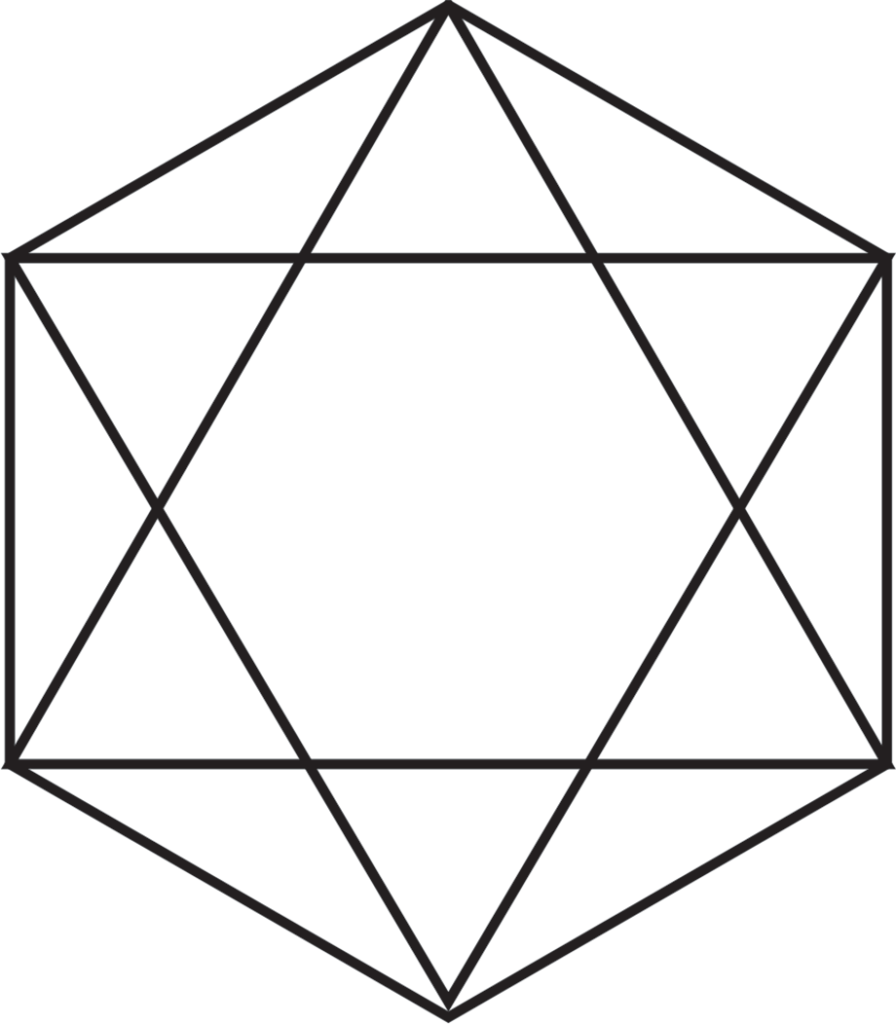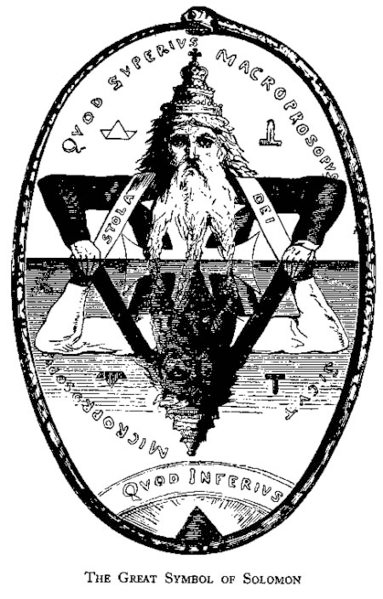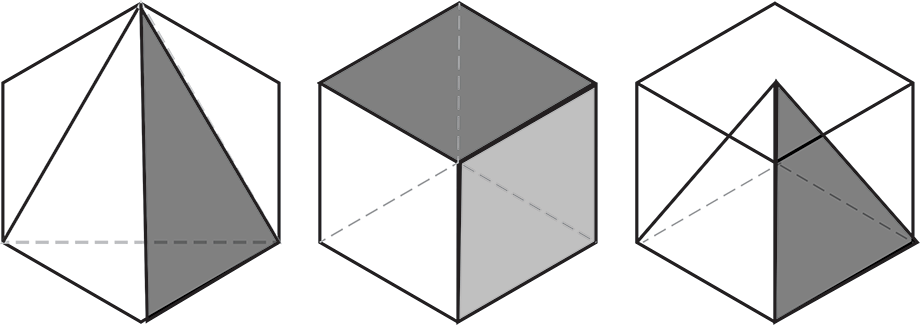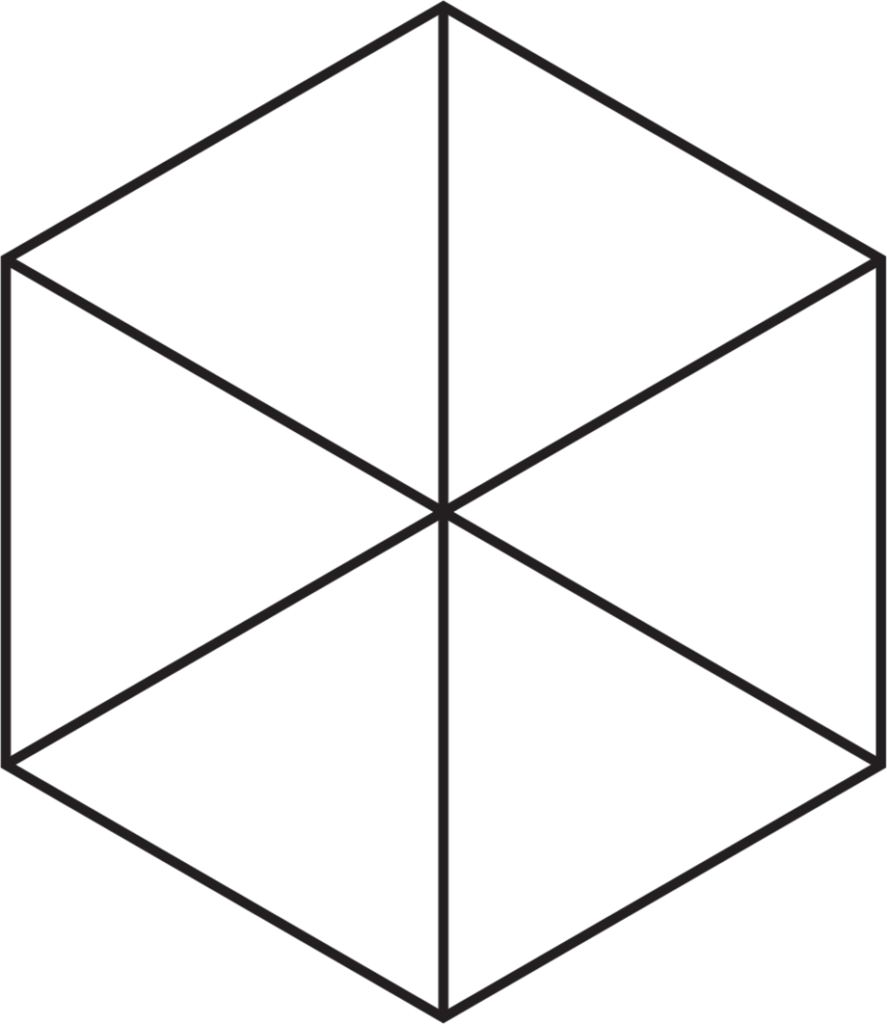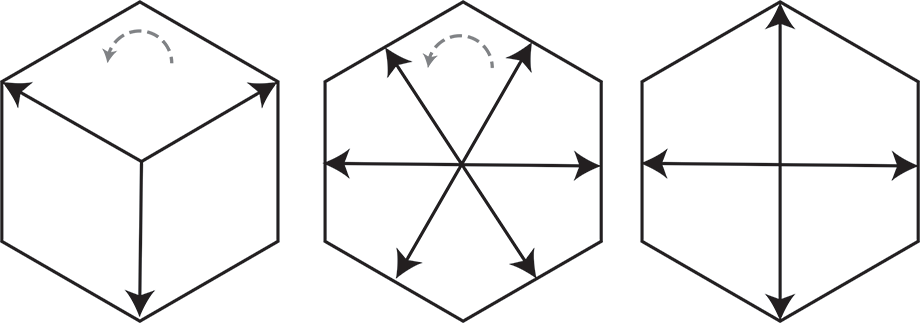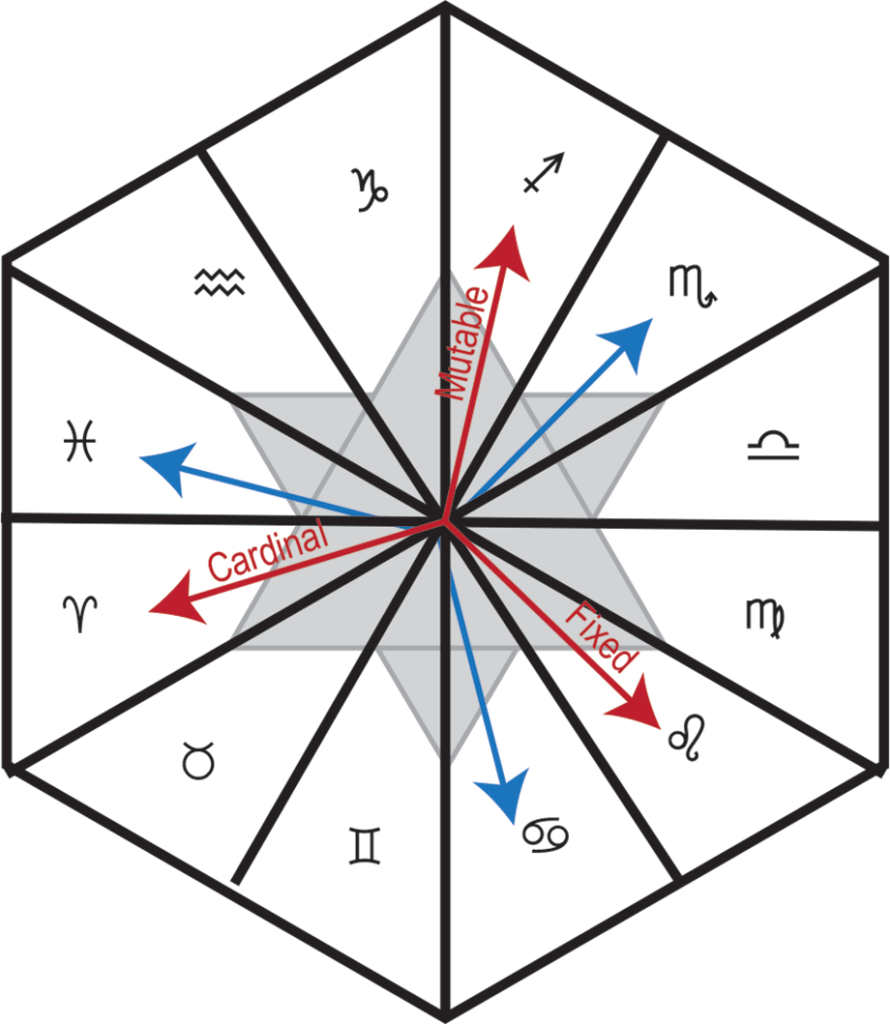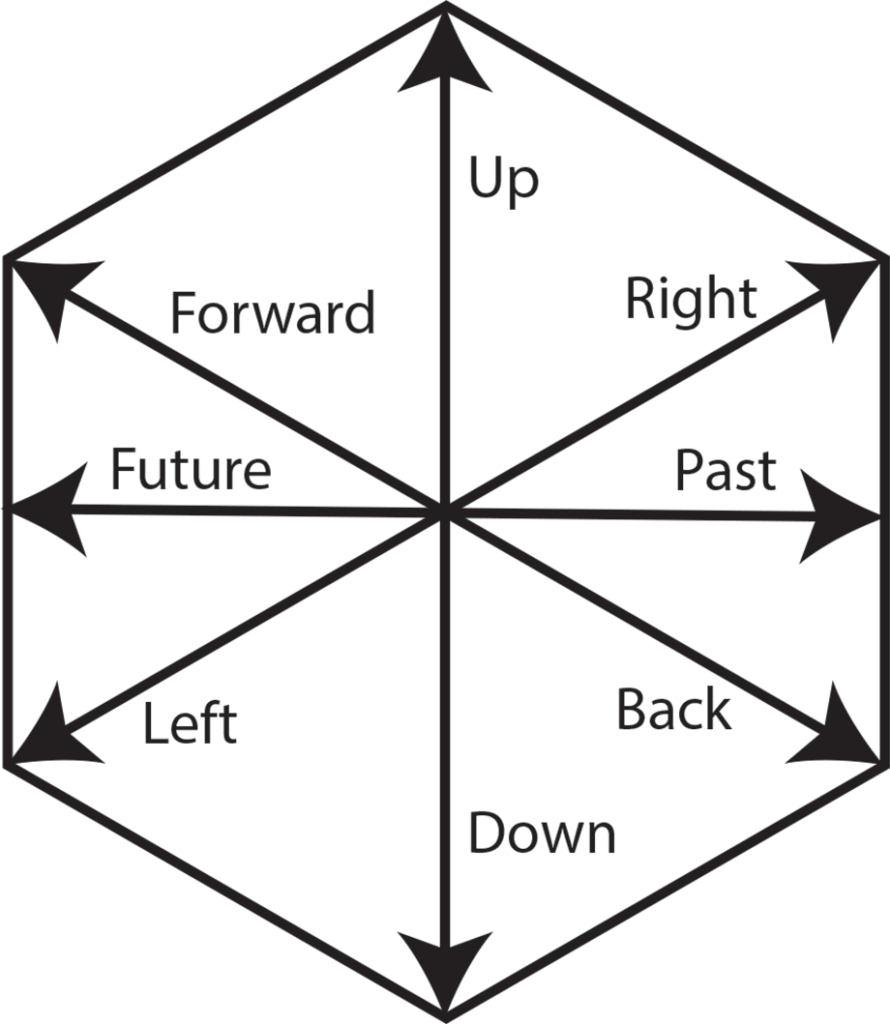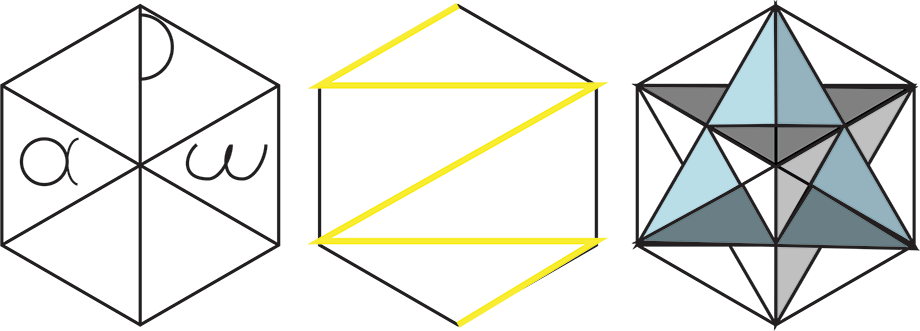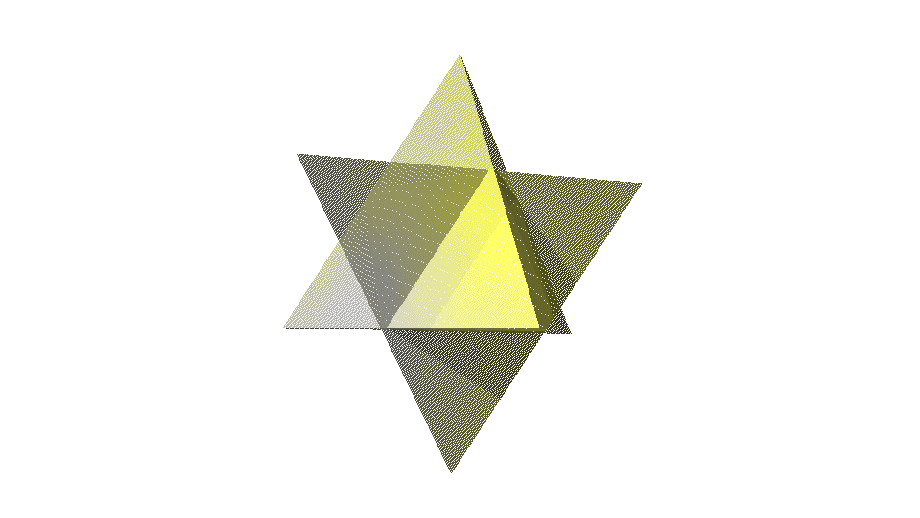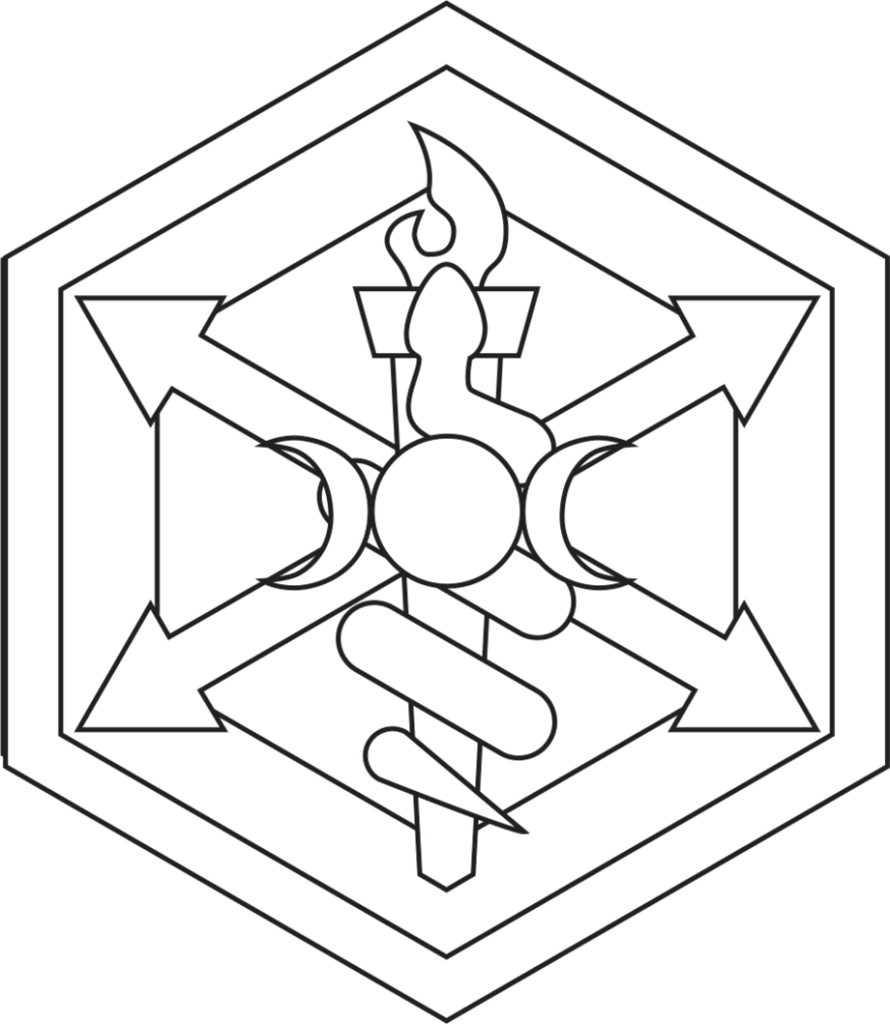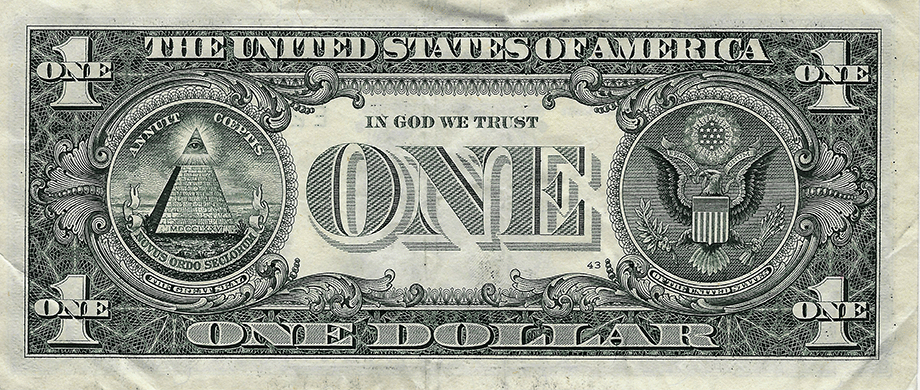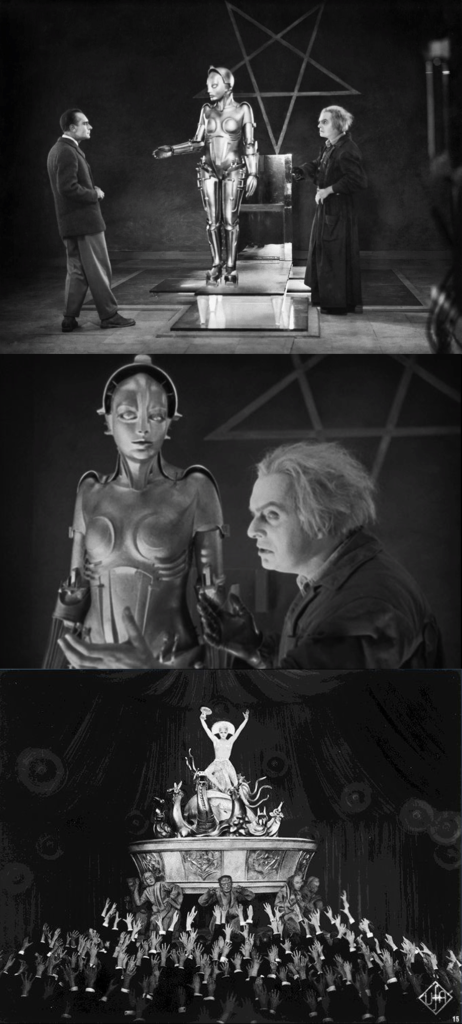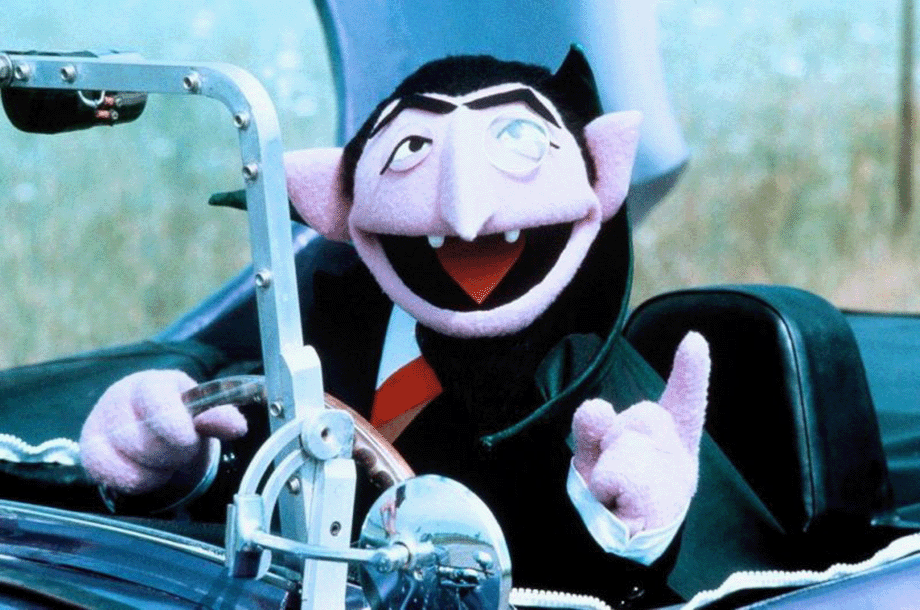Before I leap into this week’s card completely, I want to mention a couple of points that didn’t make it into last week’s article, but are relevant to cover before going forward.
First, you may have noticed that I haven’t said anything about reverses, that is, the meanings I read when the card is drawn upside down. While these are considered traditional, not every historical source on Tarot has used them, so I think there’s probably a fair argument that “traditional” use is not absolute.
Thing is, several of the decks I own have a card back design that is clearly oriented to up or down, so when I read from those decks, I know whether the card I will draw is a reverse or not, before I draw it. To me, this seems a problem, it prejudices my opinion of what that card will mean even before I draw it. No, it ought not to, but in my own experience it does. Your mileage may vary.
But further, to get a reverse, one must intentionally shuffle the deck such that some cards are turned up and some down. The issue with that is that in a general randomization, you are going to get stacks of reverses coming together. Again, this may just be me, but I purposely re-sort my decks at the end of a reading, to the usual order that I use. From my years of using the cards, this is the Majors, then the Wands, Cups, Swords, and Pentacles, all going from Ace to King. So because of this practice, a whole lot of shuffling is required to get reversed cards that occur individually. While it’s certainly not impossible, it’s just not as likely to get that outcome, and so I am back to having a lot of reversed cards in a row.
In many of the little books that come in the card box, reverses are dealt with as simple opposites. If the Two of Cups is interpreted as romantic love, then the reverse is read as a break-up or divorce looming. But the whole point I have been making is that the cards are to be intuitively read in context, and eyeing the reverse as a simple negation is hardly adequate. As astrologers will tell you about retrograde motion, the interpretation is that the usual meaning may be reduce, impeded, or frustrated, again, depending on context.
In going forward I will probably not spend any more time on reverse meanings than I have previously. I think the astute person who chooses to utilize some of my interpretations in their own exploration can glean what opposites or limitations should apply if these cards come up upside down in their reading. It may also be instructive to consider the earlier, less lofty meanings of the card images in that. It is possible and certainly applicable to perceive the previous three cards as an Idiot, a Con Man, and a Heretic if reversed, or ill-aspected by other cards in the reading.
My second point is to re-emphasize that I tend to regard the first three cards as representative of cerebral or spiritual natures, which may be described in terms of the “That Which Is Above” of Hermetic tradition. As we begin with the Empress card, we are entering into “That Which Is Below”. This is the world of the physical, the manifest, and the incarnate. These cards are both the way the non-corporeal natures of the “Above” show themselves in the perceived reality, and the reflection of those natures.
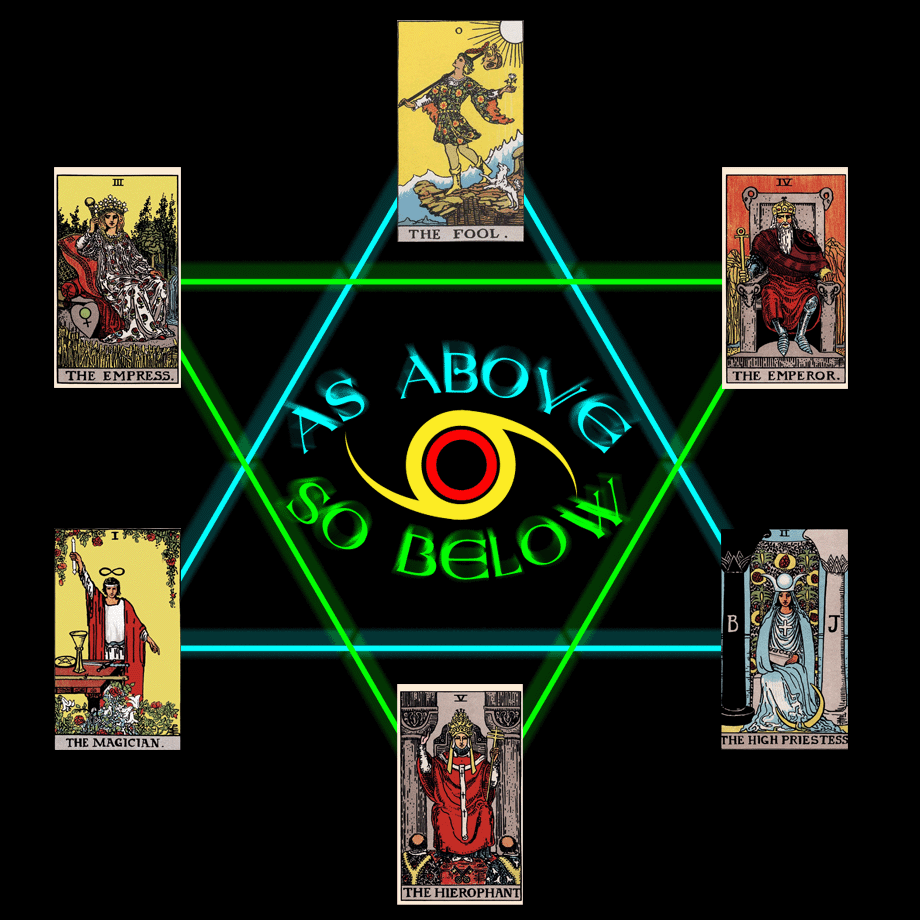
In the years I have been working I have often used the cards to determine how I read the cards. That is, I might deal out a certain number, read those and then deal out again but use the first round to determine how the second round should be seen. This is not the same as the “clarification” where a card is drawn and the next card is drawn to amplify or elaborate. In this case, the meaning of the first card and its position are seen as the modifier to how the meaning of the second card is read. The first card’s meaning is a context, rather than a meaning to be further defined. I don’t know if anyone else has used this method. I am constantly exploring new ways to look at the cards.
I’d like to tell you that I have puzzled out how each successive set of three cards in the Major Arcana work in this interrelationship, but I confess that such a solution still eludes me, if it exists at all. There is a curious little mathematical trick in the Major Arcana, in that the numbers assigned to each card, when they are viewed in successive sets of three, are numerologically resolvable to the number 3.
That is:
The Fool 0 + The Magician 1 + The Priestess 2 = 3
And
The Empress 3 + The Emperor 4 + The Hierophant 5 = 12 and 1+2 =3.
Likewise
The Lovers 6 + The Chariot 7 + Strength 8 = 21 and 2+1 =3
And
The Hermit 9 + The Wheel 10 + Justice 11 = 30 and 3+0 = 3
From here on it continues, though it takes a few more steps
The Hanged Man 12 + Death 13 + Temperance 14 = 39 and 3 +9 =12 and 1+2 = 3
The same applies for the next three
The Devil 15 + The Tower 16 + The Star 17 = 48 > 12 >3
And the next
The Moon 18 + The Sun 19 + Judgment 20 = 57 > 12 > 3
And the final card is
The World 21 and 2+1 = 3.
It’s a nifty trick. I wish I could tell you that there is some hidden meaning here, but I continue to look for it. Beyond looking at the first two sets and their more or less obvious relationship, I can’t use this power of three to logically connect the meanings of the cards split thusly, aside from perhaps ascribing that the World, by itself, holds the same value as each set, and that is rather tidy. Yet my awareness of this strange little numerical quirk always crops up when I contemplate the cards, so perhaps there is something to it after all. I do not ascribe any secret and intentional message lost in the sands of time, but just that like all synchronicities and patterns, meanings may be derived.
This pattern, of course, exists separate from Tarot. If you take the numbers 0 through 21, and split them at every three steps, you get this outcome. It is just that it works exactly on the number of Major Arcana cards that I find rather intriguing. Again, it may have no more real relation than Levi tying the 22 Hebrew characters to these cards. But people use that system daily, so please feel free to adapt or ignore as you see fit.
Alright, enough to the sidebar, let’s get to this week’s card, The Empress.
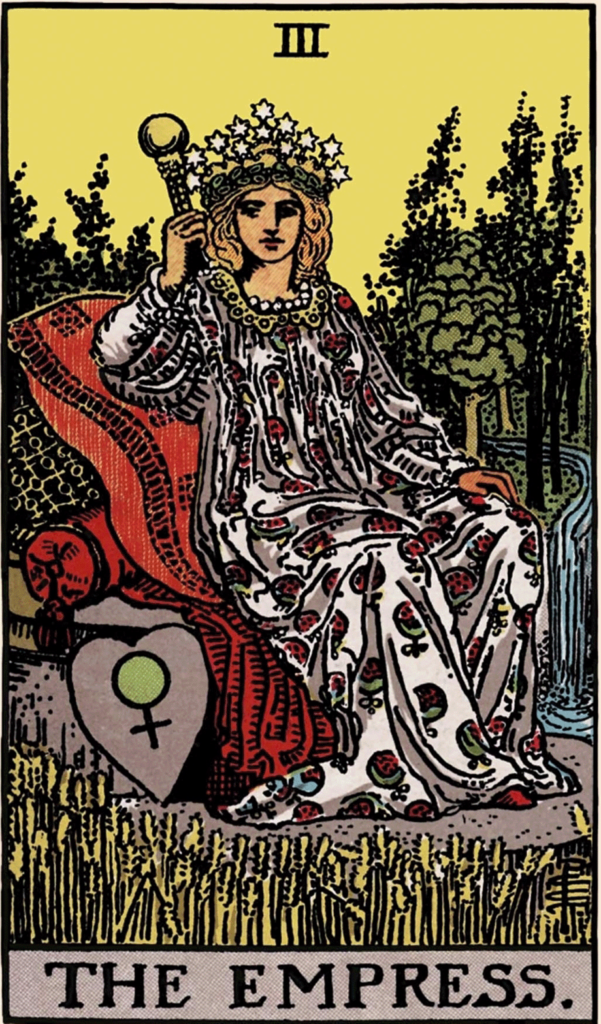
In the RWS deck she is show reclining on a couch in the middle of a field of wheat. Behind her is a stand of trees, which may be an orchard. A stream flows from it to pool just behind the dais her couch is upon. She wears a white robe with pomegranates on it, She is crowned with a tiara of six pointed stars, and holds aloft in her right hand a scepter topped with a large golden orb. Beside her couch, and possibly part of its carving is a tilted heart with the symbol for Venus upon it. The circular part of the symbol is filled with green. A variation of the Venus symbol is worked into a motif at the back of the couch (it may be intended as wicker work or filigree) and there are opulent cushions and throws upon it that she lays upon. The sky in this image is yellow, like that of the Magician card.
The yellow sky is also shared with the Fool card, and appears on four other cards in the Major Arcana. To the extent that these are intentional selections and not just the choices made by the printer from available inks is hard to say. Yet the spaces in each of the cards can be read as symbolic, and there is therefore no reason to ignore the color choice. If it was made by Ms. Smith or the printing house, is irrelevant. If intended, then we can say perhaps a meaning was intended. If coincidental, then we can, like the number sequence and indeed the random draw of the cards themselves, consider it a means of working into the inscrutable mystery being revealed by an unseen force.
In this instance, I make note of the connection of this color with the Magician card, in his rose garden. This is a cue to my earlier statement about reflection and manifestation. The Magician is reflected in the Empress. She is the avatar of Venus, Aphrodite, and Demeter. She is fertility and fecundity, bringing forth abundance and ripeness from the earth and all those things which live and grow upon it. It is she who is the physical representation of the Fool’s divine force, channeled through the Magician’s directed will.
For those more technically included, consider the photographic negative (you younger folks may have to go look that one up. As a photographer whose career and training began with these now “retro” tools, it is a logical and apt metaphor). It is opposite, and potentially unrecognizable. Yet when placed into the enlarger, and light projected through it onto the photopaper below, it yields an opposite and clear image. So I am comfortable applying the reflection/opposition principle here when I connect the Above to the Below. Additionally, we can view the Empress as the feminine aspects of the Magician. In a way, her sensuous nature completes and mollifies the severe and somewhat barren nature of the symbol of willful action.
This of course, does not limit her to being simply the worldly emanation of the will. That would disregard the value of the physical manifest existence. This is often a trap of the spiritual path. Many “seekers” have adopted the philosophy of self-denial, asceticism, and celibacy as the appropriate path to the divine. The whole argument that we must shed our attachment to the mortal world and its pleasures is a tenet of many religions and teachings.
Yet this begs the question as to what the purpose of a physical experience is in the first place. If the spiritual is the only truth, and rising to being solely spiritual is the aim of existence, why is there a physicality at all. If spirit exists before and after mortality, as many faiths teach, then why are we making a side trip. If we are divinity descended into flesh so that we can ascend back to the divine, this seems a futile waste of time.
The answer is usually a pat “because we must learn X” by being incarnated. I think that’s a bit too simplistic, and it also is often used as an excuse for all manner of evil and suffering in the world. We have to be hurt and abused because we must learn X. We make war and destruction on our fellow humans because someone must learn X. Your mother or your sister had to die of cancer because you must learn X. It’s all so you can return to the nature of pure spirit as –what — a better spirit? Were you a bit of a daft spirit before, and spending three score and ten repeatedly having your heart broken and stubbing your toe is going to fix all that?
I don’t buy that one. Sorry. Probably why I don’t fit in with most of the regular philosophical circles.
Now, I am not here to say that the Hedonist philosophy is the one true way either, but I think one of the big lessons we can get from the Empress card is that we are supposed to enjoy the experience of being incarnate. For every time we stub our toe, there’s all those times where we got to eat birthday cake.
Potentially a non-corporeal spirit can’t experience that luscious chocolate frosting, or at least not in the same way that a messy meat suit with taste buds can. For all the limitations and fragilities inherent in life in the meat suit, there are just some things that our ghost selves don’t enjoy in the same way. If this were not the actual case then it would not be so hard to give it all up.
The Hindu and Buddhist beliefs tell us that our spirits suffer because we cannot dissolve that longing for the physical. I say that our spirits naturally have a physical existence. It’s not a larval stage. It’s not preparing us for “the next life”. Our meatiness is part of our life. We may even cycle between being meat and not-meat throughout eternity.
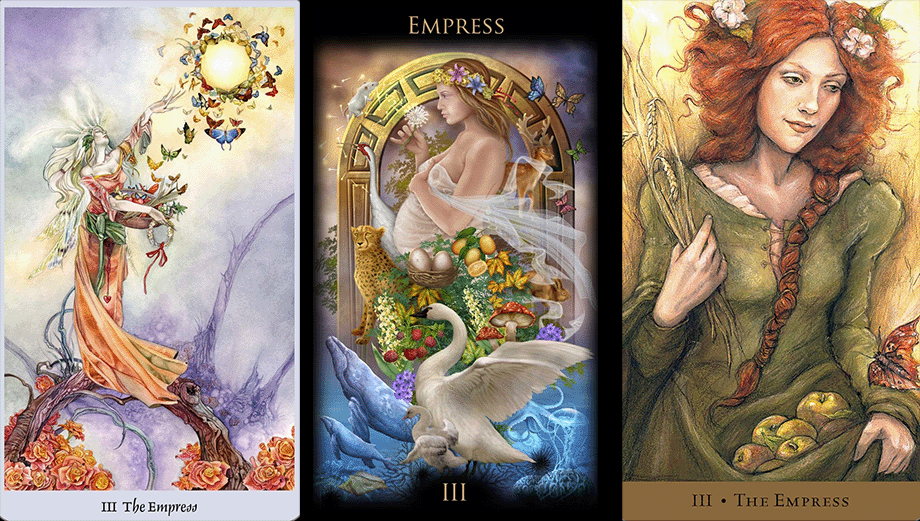
The leftmost from Stephanie Law’s Shadowscapes Tarot gives us all the joy and exuberance of Springtime with it’s potential for life and growth. Law cleverly paints it in the colors of autumn though, reminding us that these abundances are as mortal as our ability to enjoy them, and yet, they are part of a never ending cycle.
The middle piece I have drawn from Cirro Marchetti’s Legacy of the Divine deck. Here the Empress’s belly swells with the new life witihin, and she is attended by many emblems of fruitfulness and fertility. In one of my own attempts at this card, I also chose to depict the Empress with child, and yet still she is sensuous to us.
The final image is drawn from the Tarot of the Hidden Realm, which as you may guess from the title, is very Faery-forward. The artist is Julie Jeffrey, and has given us a copper-haired harvest queen the equal of Demeter or Ceres. The fruits of the Empress’s impressive garden are wasted if we do not pick them. That is their purpose and that is our purpose.
The Empress is the embrace of that physical world. She is warmth and sunshine on our face. She is the smell of the flowers in the field. She is the hum of the bees, and the chirping of the birds, and the babbling of the brook. She is the touch of a lover’s hand, the look in the lover’s eyes. While it may be true that when we return to the spirit form, we become one with that lover in a way that our bodies may not ever be able to, it is the delicate separation of those bodies, the appreciation of Other, that cannot be felt when the soul merges on a higher plane. That itself is worth something. That itself is why we physically incarnate.
While the emblem on the Empress’s couch (or throne, as it could be such in an Etrurian or Graeco-Roman style) is commonly that used astrologically for the planet Venus, and more modernly for the female, it is also an Egyptian Ankh. The ankh is supposed to have derived from the a stylization of a sandal strap, but it’s meaning is Life Itself. It is universally carried by the gods. It is showered down upon people in painting after painting. It is given by the gods to the deceased in the afterlife, so that they may enjoy an eternity of sensual pleasures in the Field of Reeds as the the Boat of Ra passes by. To me this further enforces the view of the Empress as that principle of Life Itself growing, renewing, and everlasting in the world around us.
Her spring brings forth life giving waters for the forests and fields. The wheat is perpetually golden, ripe and ready to harvest, there is no famine here. Yet this is not Eden. This garden she resides in is far more practical. It is the province of the Gatherer in our most ancient “Hunter-Gatherer” ecology. These plants growing in abundance are yet to be tamed and tilled in even rows. There is an antiquity here, almost as old as the caves, before the structure inherent in domestic horticulture caused her to fade into the background. She is here in the center of it all, to be marveled at, adored, and loved for all these gifts.
On her crown are twelve stars, and I think this is clearly the “stars” of the zodiac. The great gold orb on her scepter is the Sun, showing how it travels across these as the year passes. It is through this that all seasons, Spring, Summer, Fall, and Winter are realized in the physical world. In her garden there is something she does in each of them, to prepare for the next. She is not passing time, but the eternal cycle of life, the eternal promise of abundance, the never ending presence of manifestation. She is the embodiment of continuance.
Her left hand rests upon her knee, and we can see here the echo of the Magician’s stance, even to including the scepter. By this she fully claims her dominion of the physical world of the senses. She ordains what is to be through her will. We are subject to that will, we are dependent upon it, and therefore must pay obeisance to her. By contrast though, her manner is relaxed and open. She does not stand proudly by the Table of the Elements, but greets us languidly from her couch. She does not interpose herself in front of us in challenge, but invites us to come join her in this wonderful place she has built around her. The pomegranates are not an abstracted decoration on the banner behind her, but part of her personal garb. She bids us welcome, and insists that we should walk through her garden.
In this she is a stark contrast to the next card we will explore, that of the Emperor. I’ll be back in a week with that one. I sincerely hope you are enjoying these articles on the Major Arcana, their histories, and my own take on the cards. Your patronage is always appreciated. If you find them enjoyable, please share with a friend who may be likewise entertained.



